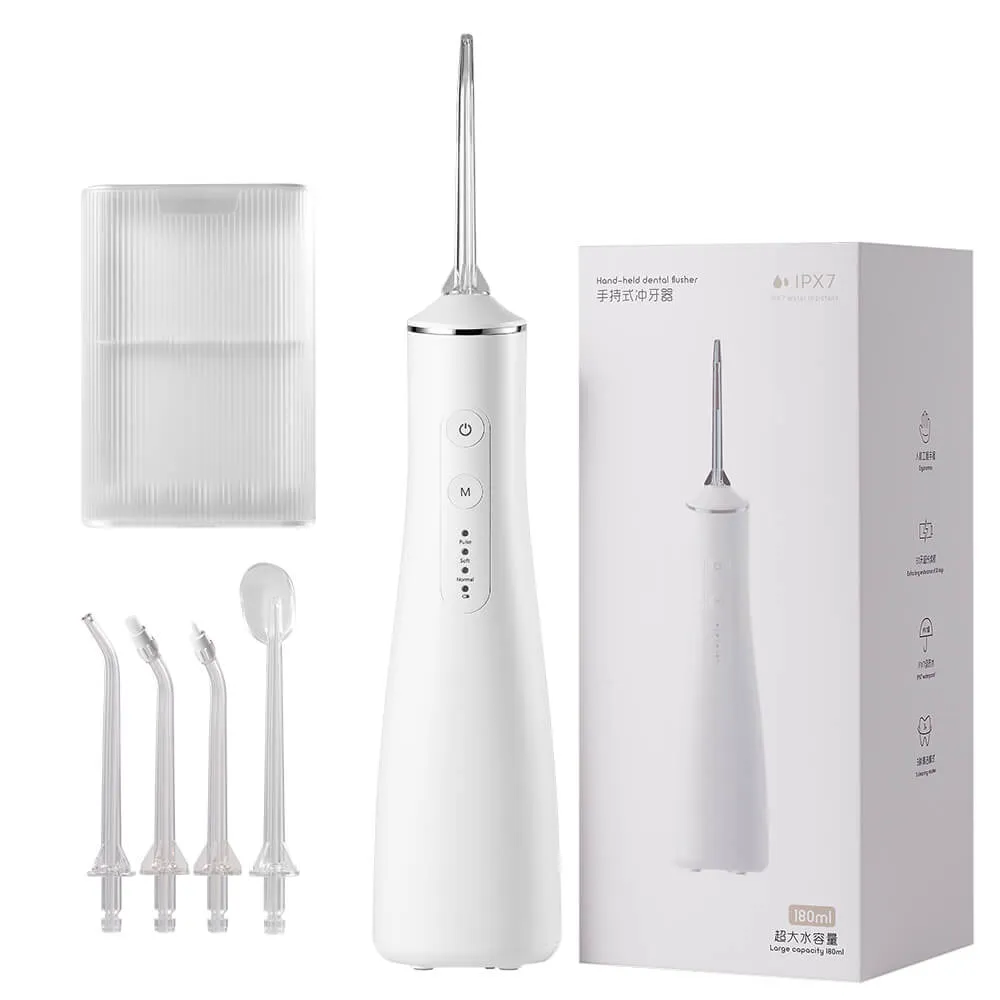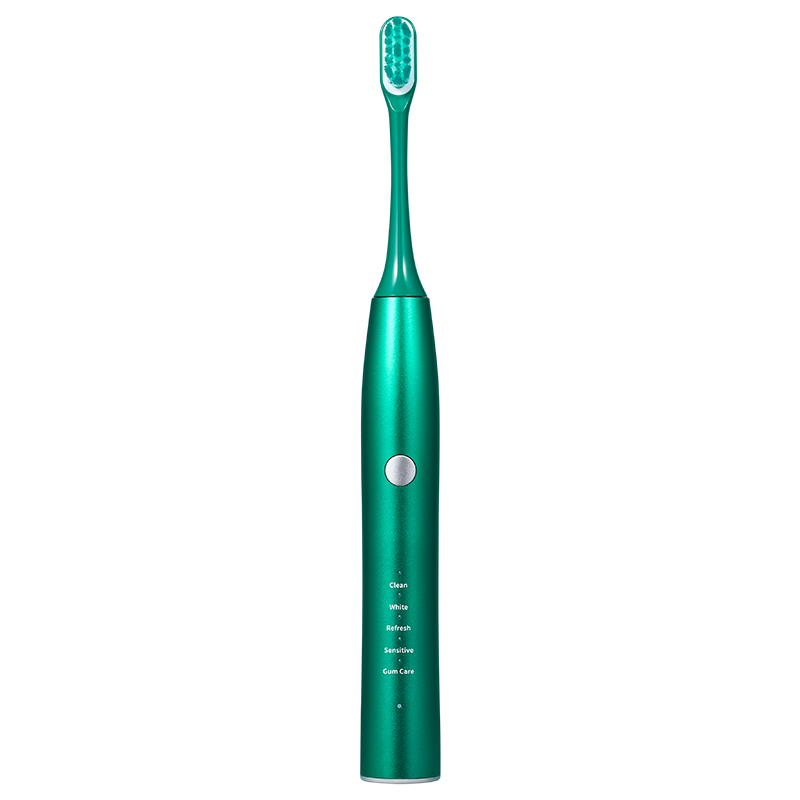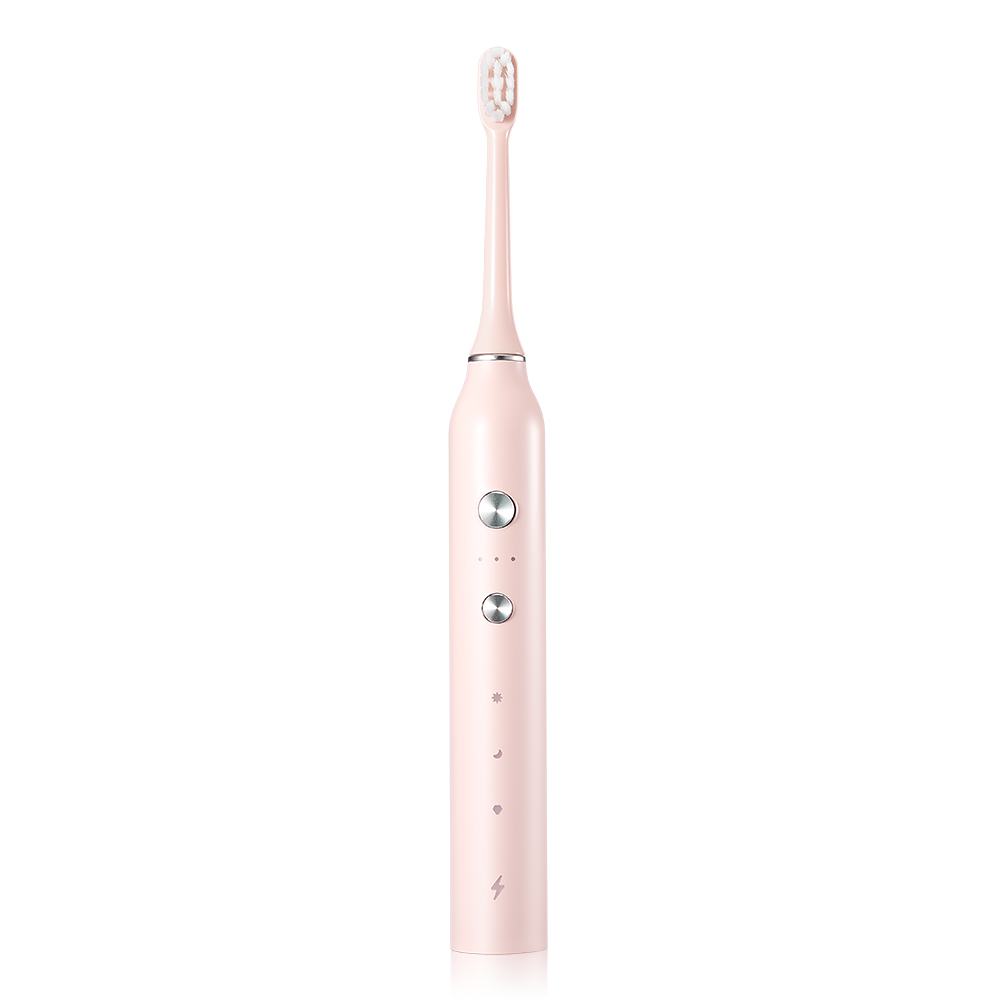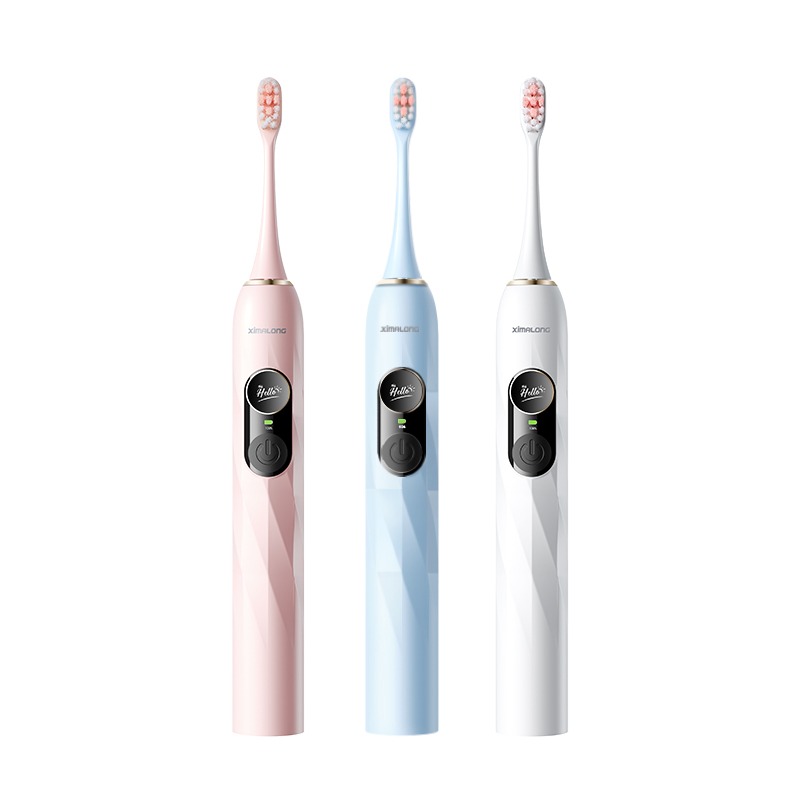Smart Oral Irrigator vs. Traditional Flossing: Which is Better?

Maintaining good oral hygiene is essential for overall health, and effective cleaning between teeth is a critical part of that routine. For years, traditional flossing has been the go-to method, but with advancements in technology, the smart oral irrigator has emerged as a popular alternative. This blog explores the differences between these two methods to help you decide which is better for your dental care needs.
What is a Smart Oral Irrigator?
A smart oral irrigator is a high-tech dental device that uses a pressurized stream of water to clean between teeth and along the gumline. Equipped with advanced features like multiple water pressure settings, smart timers, and even Bluetooth connectivity, it provides a modern solution for achieving a cleaner, healthier mouth.
Traditional Flossing: The Tried-and-True Method
Traditional flossing involves using a thin string to manually clean between teeth. It's been a staple in oral care routines for decades and is highly recommended by dentists. Flossing removes plaque, food debris, and bacteria from tight spaces that toothbrushes can't reach.

Head-to-Head Comparison: Smart Oral Irrigator vs. Traditional Flossing
1. Effectiveness in Cleaning
Smart Oral Irrigator:
The water pressure from an irrigator can reach deep between teeth and below the gumline, areas that traditional floss might miss. It is particularly effective at flushing out food particles and bacteria, reducing the risk of gum disease.
Traditional Flossing:
Flossing excels at physically scraping off plaque from the tooth surface. However, it may not reach below the gumline as effectively as a smart oral irrigator.
2. Ease of Use
Smart Oral Irrigator:
This device is easy to use and perfect for individuals with braces, dental implants, or sensitive gums. The various settings allow customization to suit your comfort level.
Traditional Flossing:
Requires manual dexterity and can be challenging for individuals with limited mobility or braces. Incorrect technique may cause gum irritation or bleeding.
3. Time Investment
Smart Oral Irrigator:
Cleaning with a smart oral irrigator takes about 1-2 minutes and requires minimal effort.
Traditional Flossing:
Flossing can take more time, especially for those new to the habit or with crowded teeth.
4. Accessibility for Dental Appliances
Smart Oral Irrigator:
Ideal for people with orthodontic appliances like braces or retainers, as it can clean around wires and brackets effectively.
Traditional Flossing:
Dental floss might struggle to clean around braces or other dental work without special tools like floss threaders.
5. Cost
Smart Oral Irrigator:
While more expensive upfront, the long-term benefits and ease of use make it a worthwhile investment for many.
Traditional Flossing:
Affordable and widely available, traditional floss is cost-effective but may require additional tools for enhanced cleaning.

Who Should Choose a Smart Oral Irrigator?
A smart oral irrigator is an excellent choice for:
People with sensitive gums or gum disease.
Individuals with braces, crowns, or implants.
Those who prefer a high-tech, convenient dental care solution.
Who Should Stick with Traditional Flossing?
Traditional flossing remains a reliable option for:
People who have mastered proper flossing techniques.
Those looking for a low-cost solution.
Individuals with no special dental appliances.
Why Not Both?
For optimal oral hygiene, combining both methods can be highly effective. Start with flossing to remove larger debris and follow up with a smart oral irrigator to flush out remaining particles and bacteria.
Conclusion
When it comes to oral hygiene, the choice between a smart oral irrigator and traditional flossing depends on your personal needs, dental health, and lifestyle. While traditional flossing has its merits, the smart oral irrigator offers unparalleled convenience and effectiveness, especially for individuals with complex dental needs. Consider consulting with your dentist to determine the best approach for your oral care routine.




